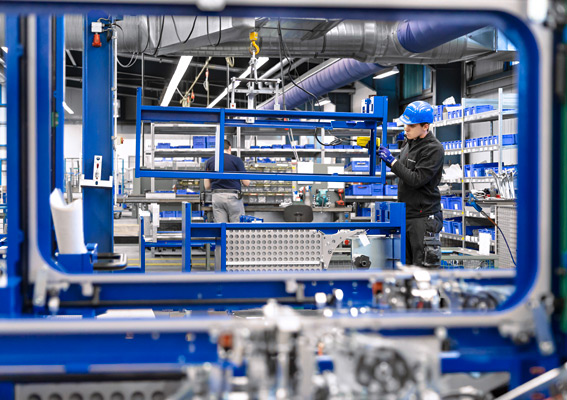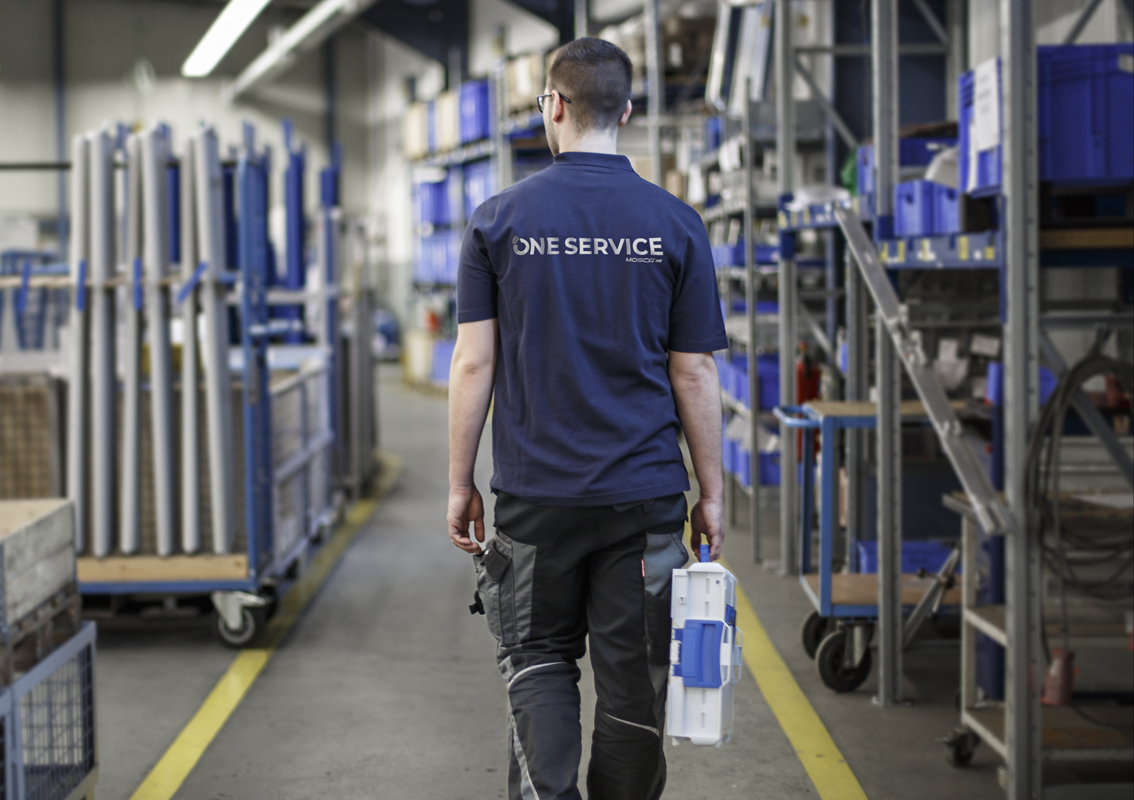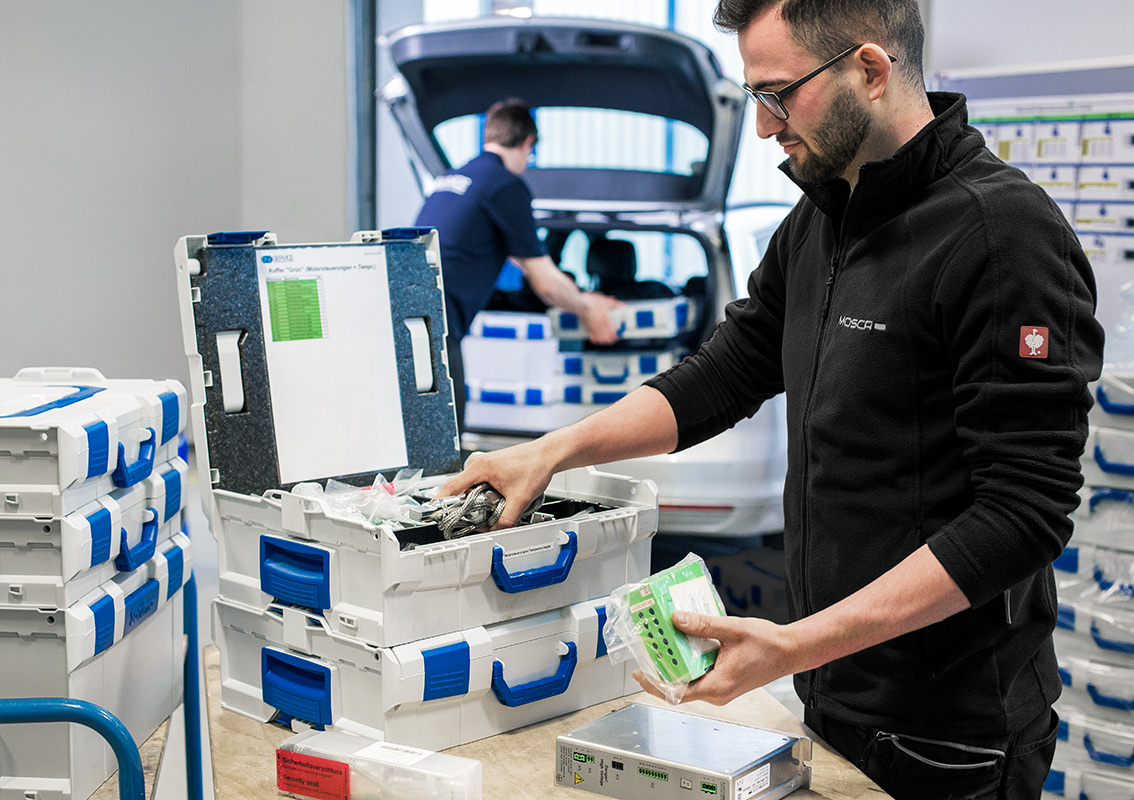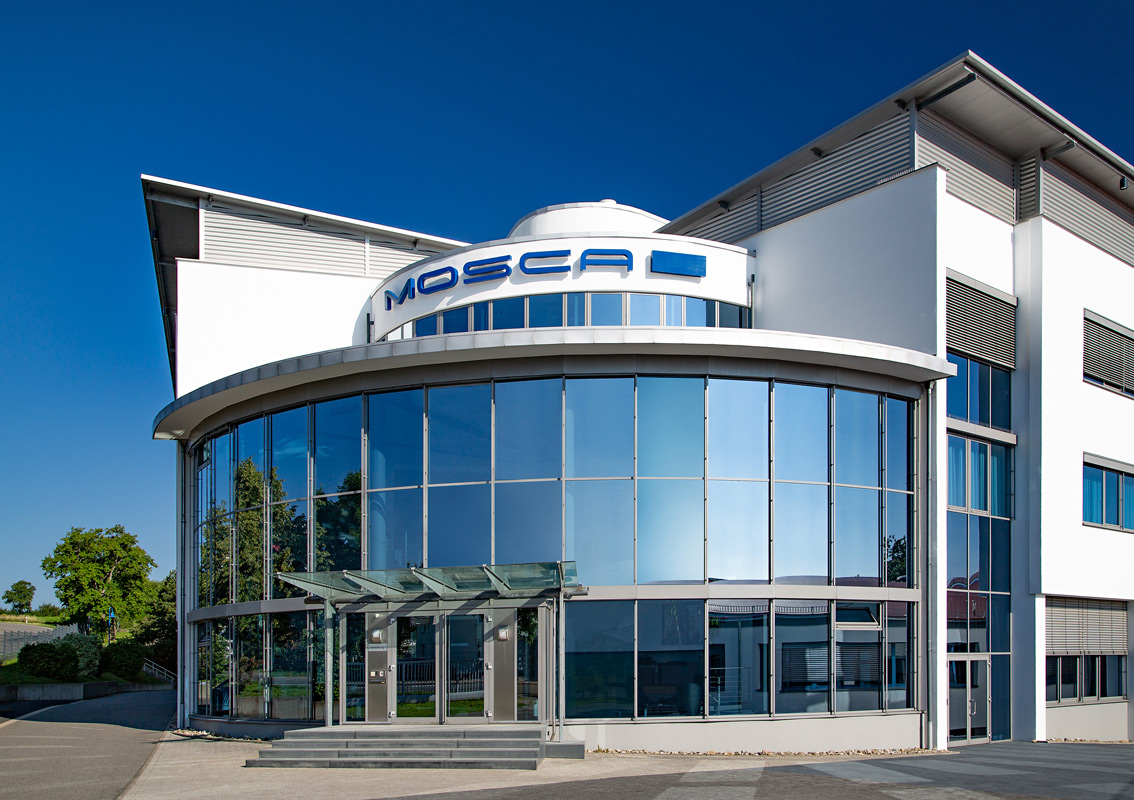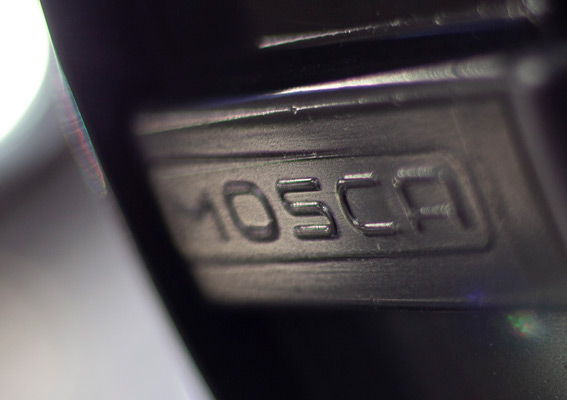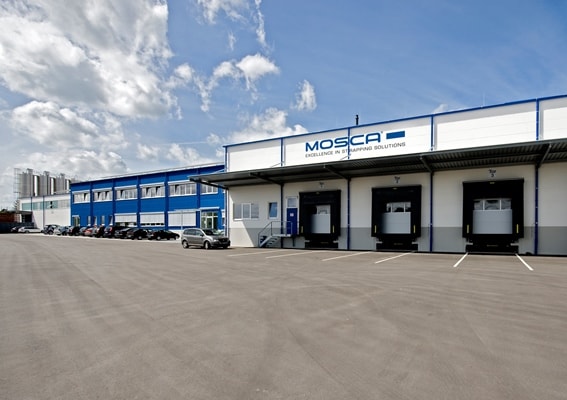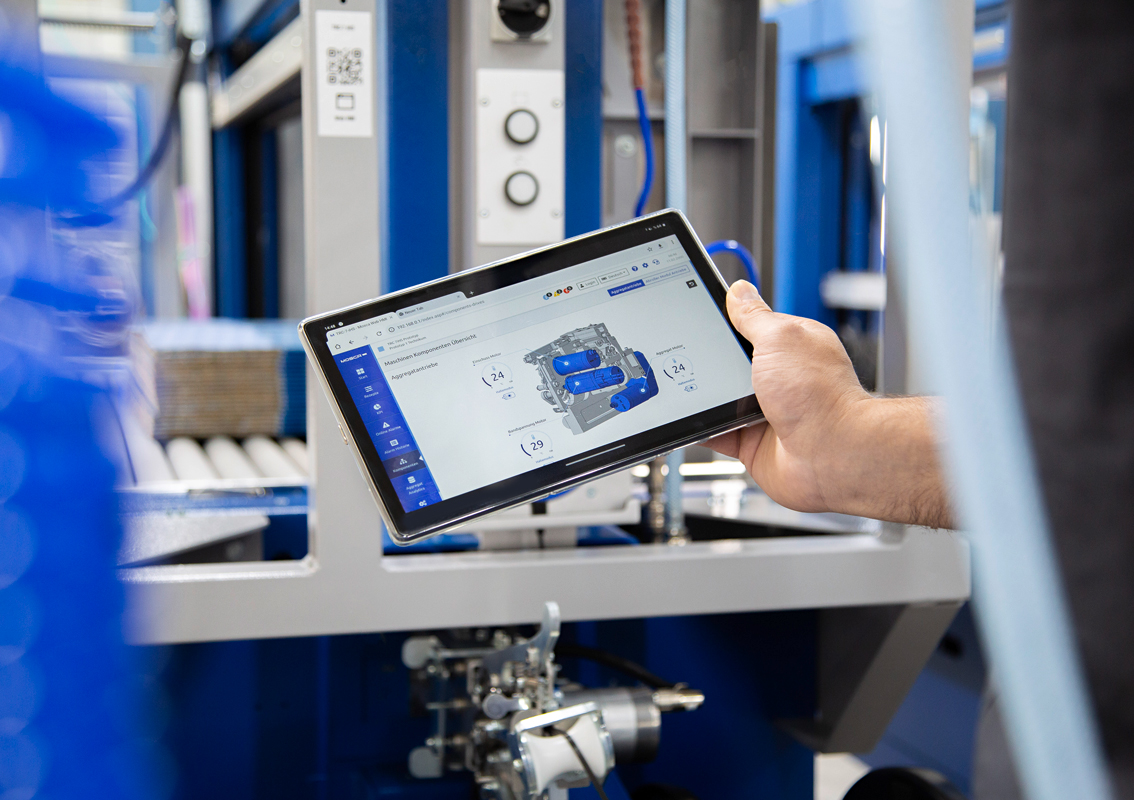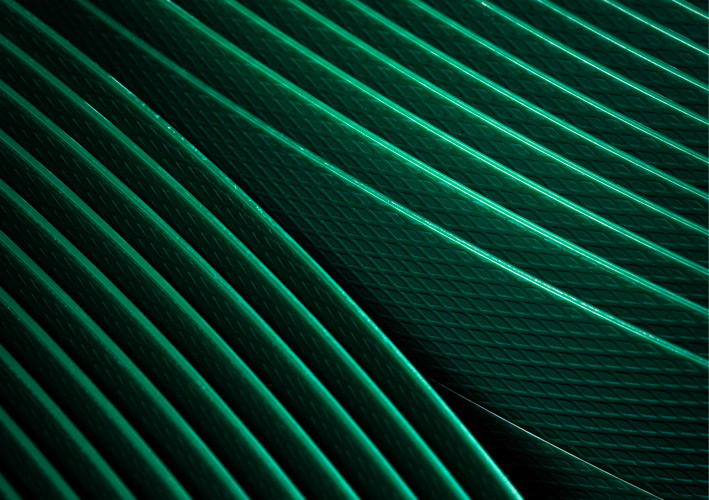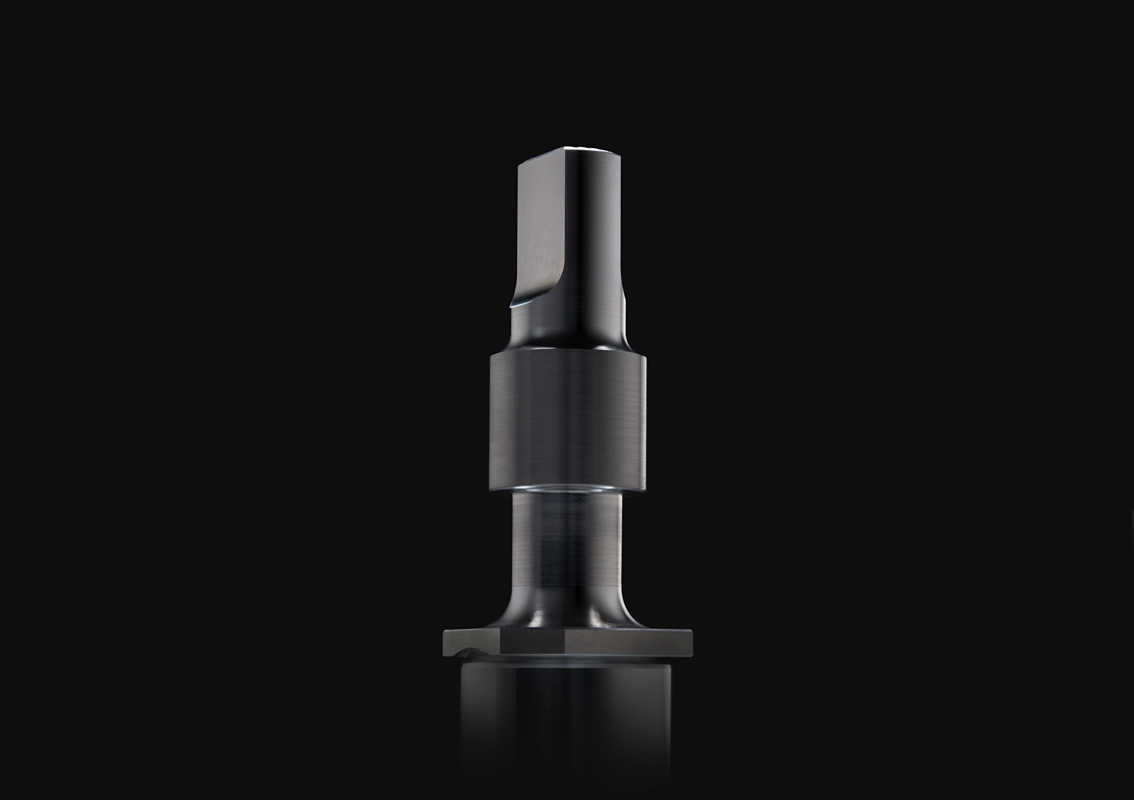-
Solutions
-
Application Solutions
- Application Solutions
-
Closing
-
Bundling
-
Handling Aid
-
Load Securing
-
Virtual Showroom
- Virtual Showroom
-
Intralogistics
-
Corrugated [NEW]
-
- Services
- Company
- Competences
- Mosca International
Marking strapped pallets with direct printing ‒ an option with a future
Long before Martin Schnizer became a director of corrugated sheet board manufacturer Aquila, he was well aware of the fast and reliable operation and gentle product handling of Mosca GmbH strapping machines. When, in 2011, Aquila was in the market for a strapping machine to secure the delicate corrugated sheet boards for transport, Schnizer turned again to the technical expertise of the strapping specialist based in Waldbrunn, Germany. In consultation and continuous cooperation with the customer, Mosca developed a special option for the proven KCK-131 pallet packing press – direct printing on the edge protection – which saves Aquila GmbH a huge amount of time, material and costs.
Monday morning, 6:00 a.m.: the corrugated sheet board plant in Leinefelde in Thuringia is a hive of activity. With a 35-strong workforce operating a two-shift system, the 17,000 m² production plant processes 60,000 metric tons of paper into corrugated cardboard, which is then packed, strapped and dispatched on pallets. Discussing the company’s growing output, Martin Schnizer, one of the two directors of Aquila GmbH, says: “This year, we are increasing our workforce to 50 and switching to three-shift production with the aim of expanding our capacity, so we can grow our output to 90,000 metric tons.”
As recently as three years ago, this development was nowhere on the horizon. At the end of 2010, Martin Schnizer and Thomas Schwalbach decided to set up their own company on a vacant 42,000 m² industrial site to manufacture corrugated sheet board. A production shop was built not long after the decision to set up the company, housing a 150 m long corrugated cardboard production line with two Mosca GmbH strapping machines. In addition a paper warehouse, a high bay warehouse and a dispatch department were built later. The company produces, packs and straps corrugated cardboard in various grades, including B, C, E, F grades and double corrugation combinations in white and white-both-sides or as one-sided open grades, for customers throughout Germany and neighboring countries. Schnizer goes on to say: “Our customers are mostly producers of corrugated cardboard packaging who don’t have their own corrugated cardboard production facilities. We also have customers with their own corrugated cardboard production, but who buy certain grades from us.”
In response to questions about the most important criteria needed for a company to survive on the competitive corrugated cardboard market, the director emphasizes two aspects above all else: quality and delivery service. Schnizer stresses: “The best quality is no use to the customer if the product is not delivered undamaged and on time, or if an incorrect delivery is made. It is therefore essential that production is precisely coordinated to the packaging, the securing for transport and the correct pallet marking of the corrugated sheet boards – and for that we need efficient, reliable machines. In our procurement selection process, we therefore pay particular attention to ensuring that they make an efficient contribution in the production cycle.”
Direct, easily legible and economical
Two KCK-131 pallet packing presses from Mosca GmbH handle these operations at Aquila. Using Mosca’s own SoniXs ultrasonic sealing unit, the machines quickly, securely and reliably strap up to 200 pallets hourly, including edge protection. But in this case, these capabilities are not the stand-out feature of these machines. An option, specially designed for the corrugated cardboard industry, developed in close cooperation with Aquila, uses a hot wax process to direct-print the edge protection without any delay in production. Depending on customer requirements, this allows all four pallet sides to be marked with barcodes, QR codes, company logos or production data, ensuring that the key information is always clearly visible. Special software is used to transfer the required data from the customer’s operating system. Schnizer says: “This modern printing technology, unique to Mosca, was a key factor in our decision to purchase the machines. We were looking for an efficient, high-quality alternative to hot-foil printed stick-on labels. We previously had to apply these in duplicate to the pallets, but, at a rate of 2,500 pallets daily, this new development of direct printing eliminates the need for around 1,250,000 stick-on labels yearly.”
The huge advantages of direct printing on the edge protection are very apparent after only nine months – the time that the two Mosca machines have been in use. Martin Schnizer emphasizes the cost, time and material savings, from which other companies could also benefit in future: “By completely eliminating the need for stick-on labels, we have not simply made a significant reduction in our materials costs, but also saved the additional work steps required to produce the labels and attach them to the pallets – time that we can make good use of in other processes. In addition, the integrated printer means that there is a great deal less equipment necessary in the machine, which in turn cuts down on care and maintenance. The special option of direct printing on the edge protection provides us with a technologically simpler solution, which allows us to reduce our cost, time and material consumption – an option that definitely has a future in the corrugated cardboard industry.”
The close contact that Aquila GmbH has enjoyed with Mosca GmbH for many years illustrates the fact that the company directors are satisfied with the performance of the strapping machines and with the customer service. Schnizer concludes: “The installation of the machines went smoothly, and some initial teething troubles were quickly solved with the help of the personal customer support agents, ensuring that there were no delays in production. From my own long experience, I can say that quality and service go hand in hand at Mosca GmbH.”
Mosca's road to the future!
 Mosca International
Mosca International
 America
America Asia
Asia Australia
Australia 中国
中国 Deutschland
Deutschland Suomi
Suomi France
France Great Britain
Great Britain Indonesia
Indonesia 日本
日本 Malaysia
Malaysia Nederland
Nederland Mexico
Mexico Polska
Polska España
España ประเทศไทย
ประเทศไทย Magyarország
Magyarország
